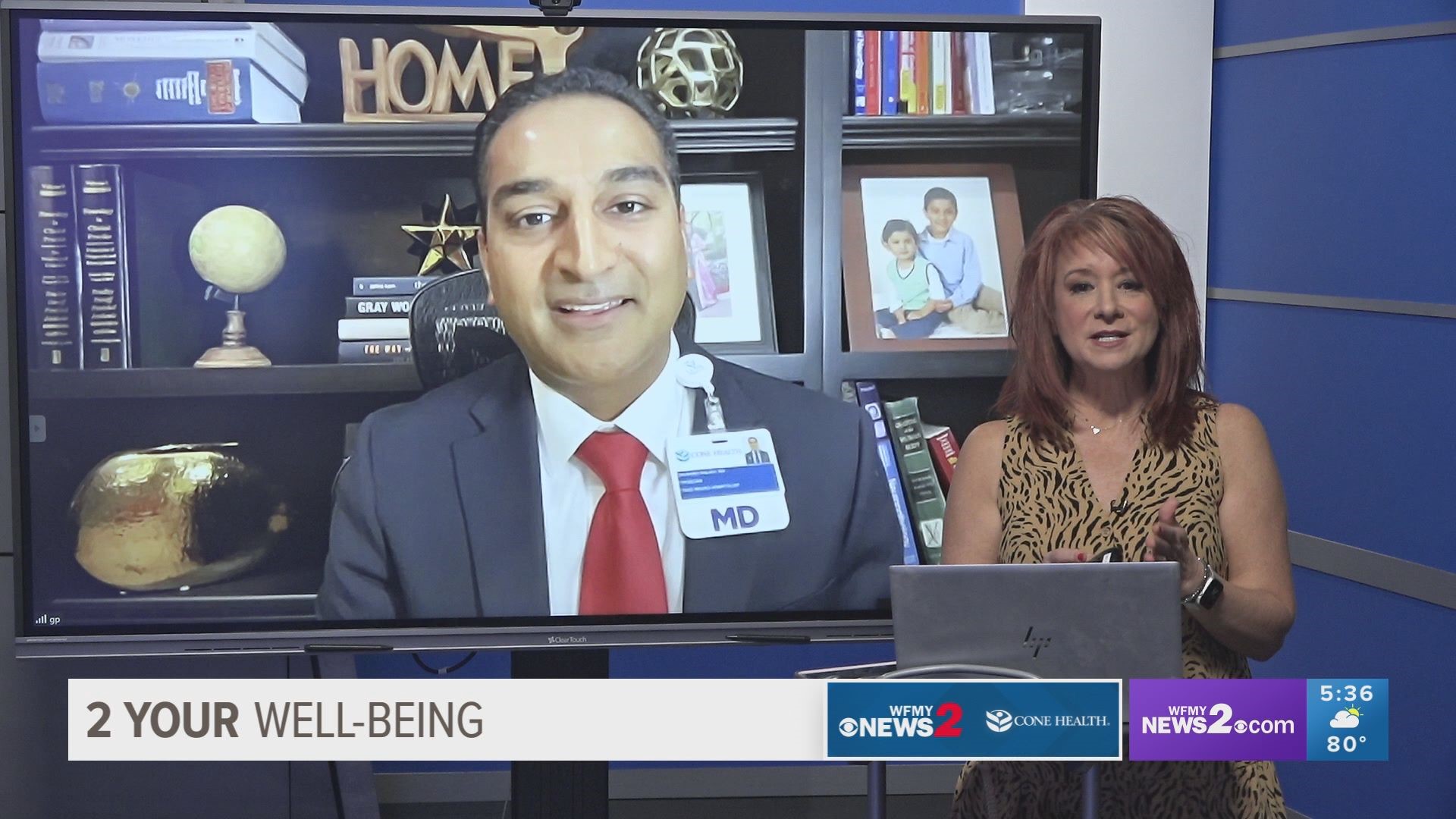GREENSBORO, N.C. — High blood pressure is the leading cause of strokes.
Knowing what your blood pressure is and the signs of stroke are important year-round, but especially in May during Stroke Awareness Month and National High Blood Pressure Education Month.
Doctors say anything above 120/80 is considered high blood pressure and there are different stages depending on how high.
"It's kind of like pressure in a garden hose, a hose that's been left on too long. That pressure can build up, wear and tear over time, weaken it and spring a leak. That's something that can be dangerous to the body," said Gaurang Palikh, MD, with Triad Neuro Hospitalists, Cone Health.
As you age you become more at risk for high blood pressure but lifestyle choices like smoking, obesity, a sedentary lifestyle or alcohol use can also lead to higher chances of having high blood pressure.
Often times you don't know you have high blood pressure, blood pressure is referred to as the silent killer. It's one of the reason going to the doctor every year is so important.
Most of the high risk factors for high blood pressure are modifiable. You can eat a healthy diet, lower your salt intake and work out for 30 minutes a day. These changes can potentially lower your blood pressure by 5 to 10 points.
One of the many reasons to lower your blood pressure is to lower your risk for a stroke.
In addition to high blood pressure, high cholesterol, smoking, and obesity can all increase your risk for strokes.
The risk of stroke goes up after age 55, but doctors are seeing more and more younger people in their 30s and 40s, who come in after having a stroke.
Watch for signs you could be having a stroke by remembering to BE FAST:
- Balance - Sudden loss of balance or coordination.
- Eyes - Sudden change in vision.
- Face - Sudden weakness of the face.
- Arm or Leg - Sudden weakness of arm or leg.
- Speech - Sudden difficulty speaking.
- Time - The time symptoms started.
Anytime you suspect you or someone your know is having a stroke, call 911 immediately.
For more information on stroke awareness and treatments, click here.

